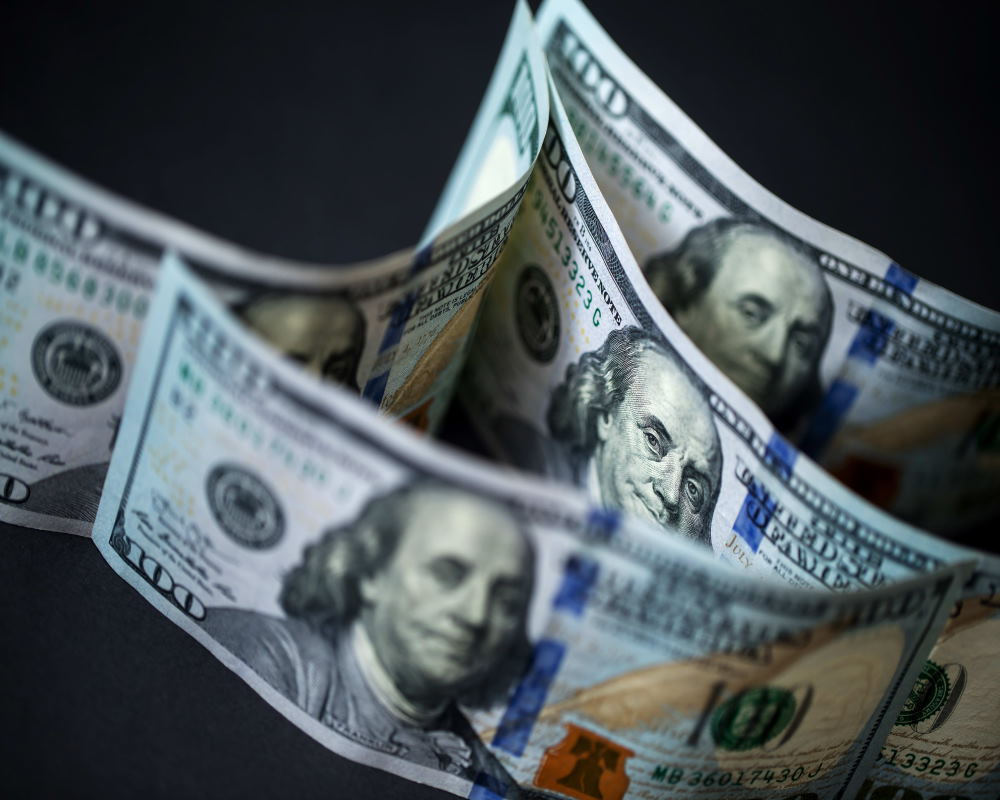Dollar steady, euro wallows at two-decade low on energy, growth woes

The dollar held firm on Tuesday on safe haven flows, while the euro languished around a two-decade low as investors braced for a hard winter in Europe as it grapples with energy supply and broader economic growth concerns.
The euro touched its lowest since late 2002 at $0.9926 overnight and was last barely higher at $0.9939. Russia will halt natural gas supplies to Europe via the Nord Stream pipe for three days at the end of the month, the latest reminder of the precarious state of the continent’s energy supply.
Heatwaves in the continent have already put a strain on energy supplies and worries are growing that any disruption during winter months could be devastating for business activity.
“Given the current mood, there’s obviously concerns as to whether that’s going to be three days or whether it’s going to be three years,” said Ray Attrill, head of FX strategy at National Australia Bank (NAB).
“Is it really just going to be a three day maintenance or is this just another example of weaponization of gas supply into Europe?”
The pound was also dragged to a new 2.5-year low overnight, and hobbled near that level at $1.1758 in early Asia trade. The Japanese yen steadied at 137.30 per dollar after touching a one-month low of 137.70.
The Australian and New Zealand dollars were relatively steady, which NAB’s Attrill attributed to market’s attention being drawn to the weakness of Europe’s outlook.
Chief on investors’ minds for Tuesday will be flash manufacturing PMI readings out in the eurozone and Britain later in the day, which will provide further clarity on the growth trajectory for the respective economies.
Investors are also waiting on minutes of the European Central Bank’s (ECB) last policy meeting on Thursday that are likely to sound hawkish even as the continent faces downturn in growth.
The Aussie was last up 0.15% to $0.6689, while the kiwi gained 0.18% to $0.6183. Elsewhere in Asia, the dollar hit 6.8711 against the offshore yuan, close to a nearly two-year high of 6.8752 hit on Monday.
Against a basket of currencies, in which the euro is the most heavily weighted, the U.S. dollar index stood firm at 108.9, attempting to breach a two-decade high of 109.29 hit in July.
Another reason investors have sought shelter in dollars is the growing risk of a hawkish message from the Federal Reserve’s Jackson Hole symposium, flagged by several officials last week.
“Bonds sold off, led by the front-end,” said analysts at ANZ. “That’s possibly in anticipation that Chair [Jerome] Powell’s speech on Friday is likely to reiterate hawkish messaging.”
Yields on the benchmark 10-year Treasury note have risen about 4 basis points for the week and stood at 3.0201%. Yields on the two-year Treasury note were up around 5 bps to 3.3140% as investors remained on inflation and Fed watch mode.

